
How much does hardscaping cost project by project? Check out our breakdown for every price tag you need to know, from outdoor fireplaces to patios.
Let’s talk about the birds, bees, and butterflies—and how to help them out with your garden


Our winged pollinator friends carry a lot of weight when it comes to the environment. With climate change, dwindling habitats, and the ever-present use of chemical pesticides, they need all the help they can get. It might not seem like much, but building your own pollinator garden can make a big difference for these crucial creatures. Here’s how to turn your garden into a pollinator conservation haven.
As with any garden, the importance of location simply can’t be overstated. Butterflies and other pollinators love to bask in the sunshine, and many of their favorite flowers thrive in full sun. Choose the sunniest spot available to make your garden a favored hangout for these critters. If you’re planting pollinator-friendly trees, be sure to plant these far enough away where their shade won’t block your plants.
Along with the amount of sunlight, soil type is one of the most important factors to consider when planning out your pollinator garden. It’s a good idea to have a local soil testing service assess your soil type, including:
Composition (clay soils vs. sandy soils)
Soil pH levels
Natural nutrient availability
Once you have more information, it’s best to work with what you’ve got rather than trying to supplement with chemical fertilizers. Use organic compounds like mulch and compost to naturally enrich the soil.
It's essential to prepare the earth before you get your plants in the ground. Pull up any weeds and stray plants by the roots (especially invasive species). Then, till the soil and add a layer of mulch or organic compost for a nutrient-rich base.
Planting what’s native to your region will naturally attract native bees and local pollinators to your garden. They’ll also be easier to grow since they’re naturally adapted to your area’s climate and conditions. Look for organic seeds and organically-grown native plants from your local nursery. To learn more about which plants are native to your area, contact your state university’s extension office for fact sheets on local plant life.
Pollinators need water, and not having enough can hurt them—especially during a drought. Add some type of water feature to your pollinator garden, such as a fountain or a birdbath. As a bonus, these make beautiful decorative elements amongst your plants and flowers.
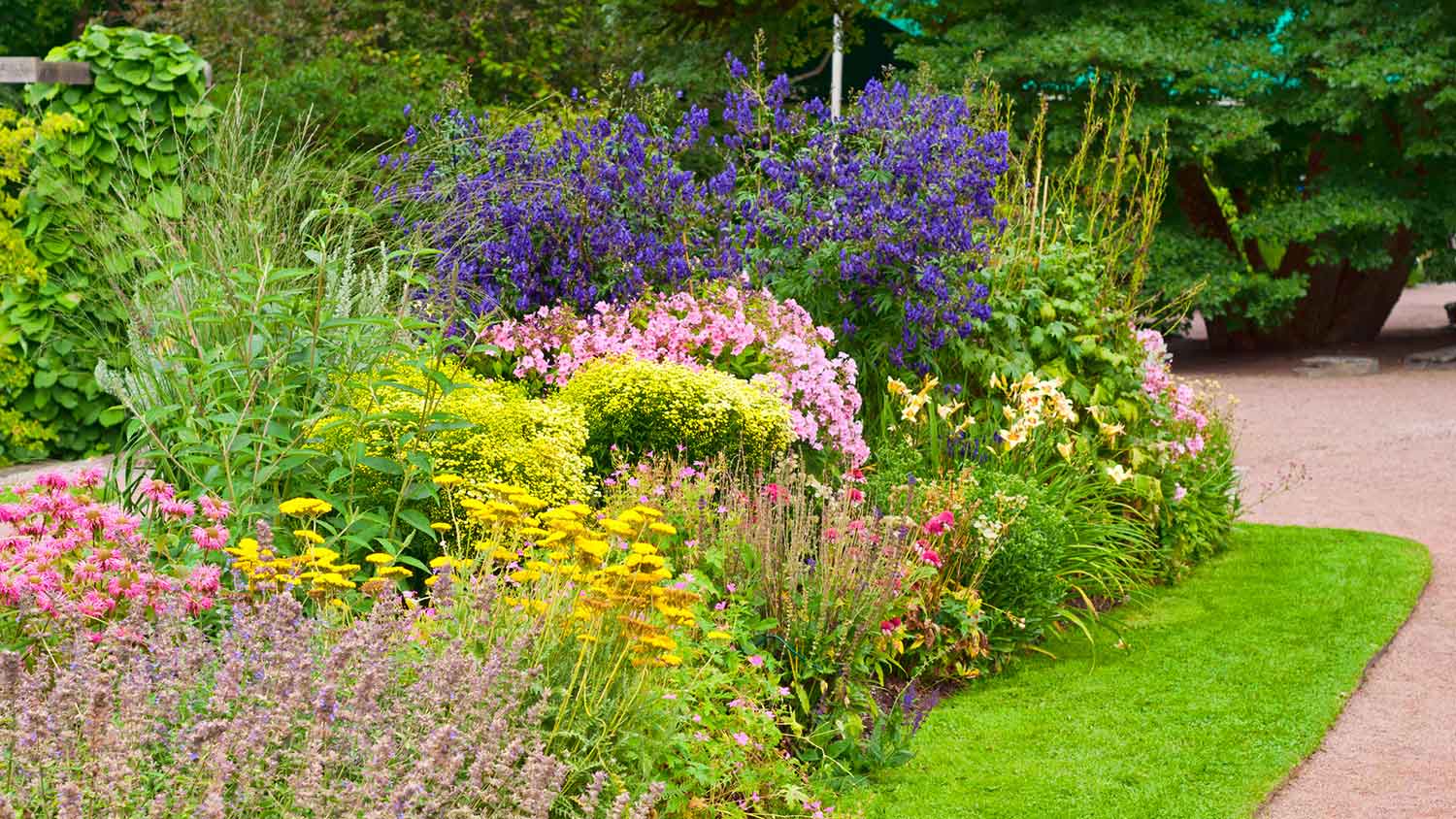
Pollinators love a densely-packed habitat that’s filled with their favorite fragrant, delicious plants. Rather than spacing out what you plant, group everything in clusters to create the perfect pollinator hangout spot. Be sure to account for the plant’s full size and follow spacing recommendations on seed packets.
Fresh herbs don’t just take your sauces and soups to the next level. They’re pollinator-friendly plants and can make a delicious snack or host for breeding. Plus, if you’re growing vegetables, pollinators help your garden. Keep in mind that most mint plants (excluding hyssop) will grow like crazy and are best left in containers.
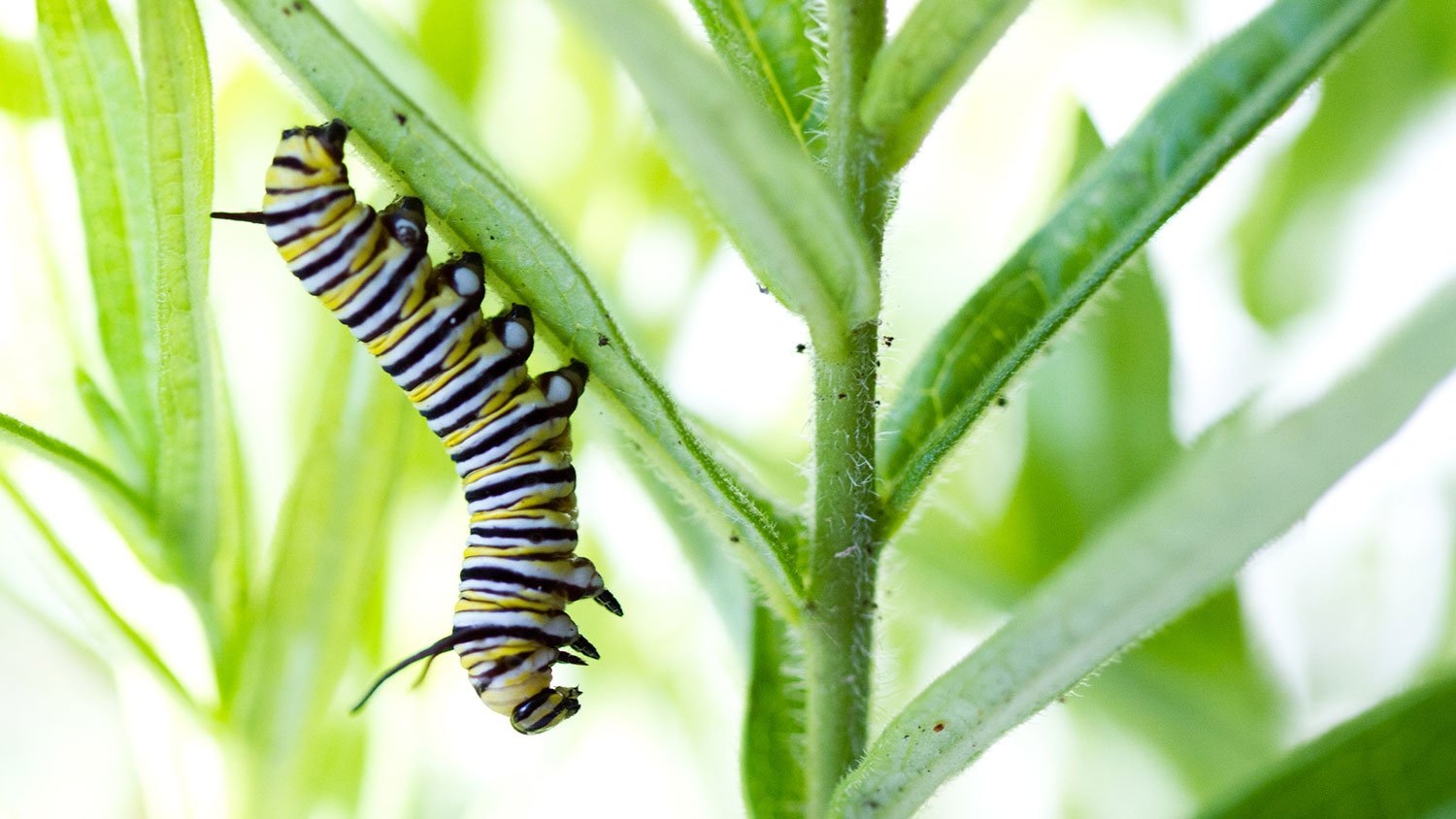
According to the National Wildlife Federation, the monarch butterfly population has declined by about 90% since the 1990s. These beautiful (and extremely important) pollinators are losing their habitats fast. They’re also having to migrate farther distances during the colder winter months.
Planting milkweed is the single best thing you can do to help these striped-and-spotted creatures. Monarch caterpillars exclusively munch on milkweed, and it’s the favored plant for adults to lay their eggs. Once they grow their brilliant orange wings, monarch butterflies feed on milkweed and several other blossoms. Many local wildlife organizations will send native milkweed seeds for free, so it’s a low-cost—and highly worthwhile—addition to any pollinator garden.
If hungry deer and other pests won’t stop munching in your garden, do anything but resort to chemical deterrents and pesticides. These can harm and even kill pollinators. Consider using fences to keep out those furry dine-and-dashers. For slugs and snails, use crushed eggshells to cover the soil.
The easiest way to keep up with maintenance is to design a garden you truly love. Include the bright, fragrant, and delicious plants that pollinators relish, but create an aesthetic that makes you excited to hit don your gardening hat and hit the dirt. Once it’s turned into a blossoming garden buzzing with happy pollinators, you can sit back and enjoy the fruits of all your hard work.
From average costs to expert advice, get all the answers you need to get your job done.

How much does hardscaping cost project by project? Check out our breakdown for every price tag you need to know, from outdoor fireplaces to patios.

We break down the cost to remove bamboo, which is slightly higher than other forms of tree removal. It's a difficult DIY task because of bamboo's hardy underground roots.

Leveling your yard can help with drainage and prevent damage to your home. Learn the cost to level a yard in Columbus, OH, and what factors can affect the price.
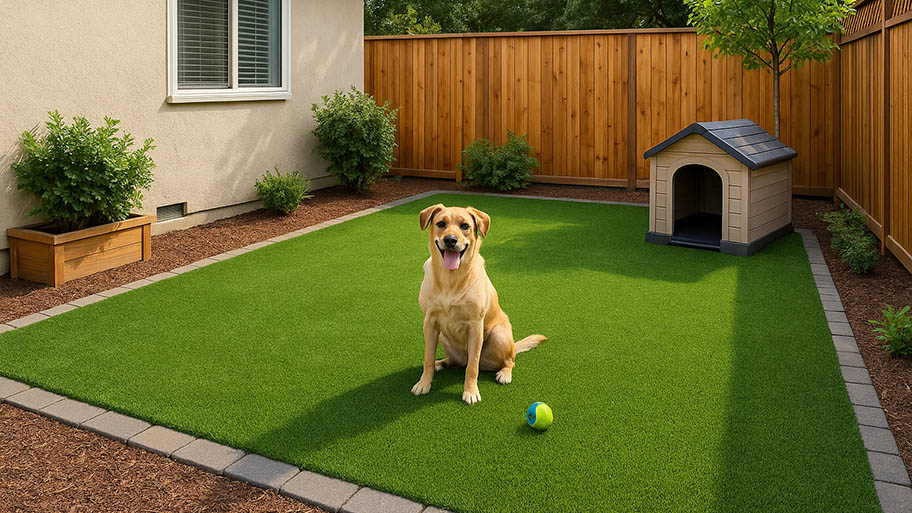
Liven up dull concrete spaces by installing artificial turf. Learn how to install artificial grass on concrete in just a few hours.
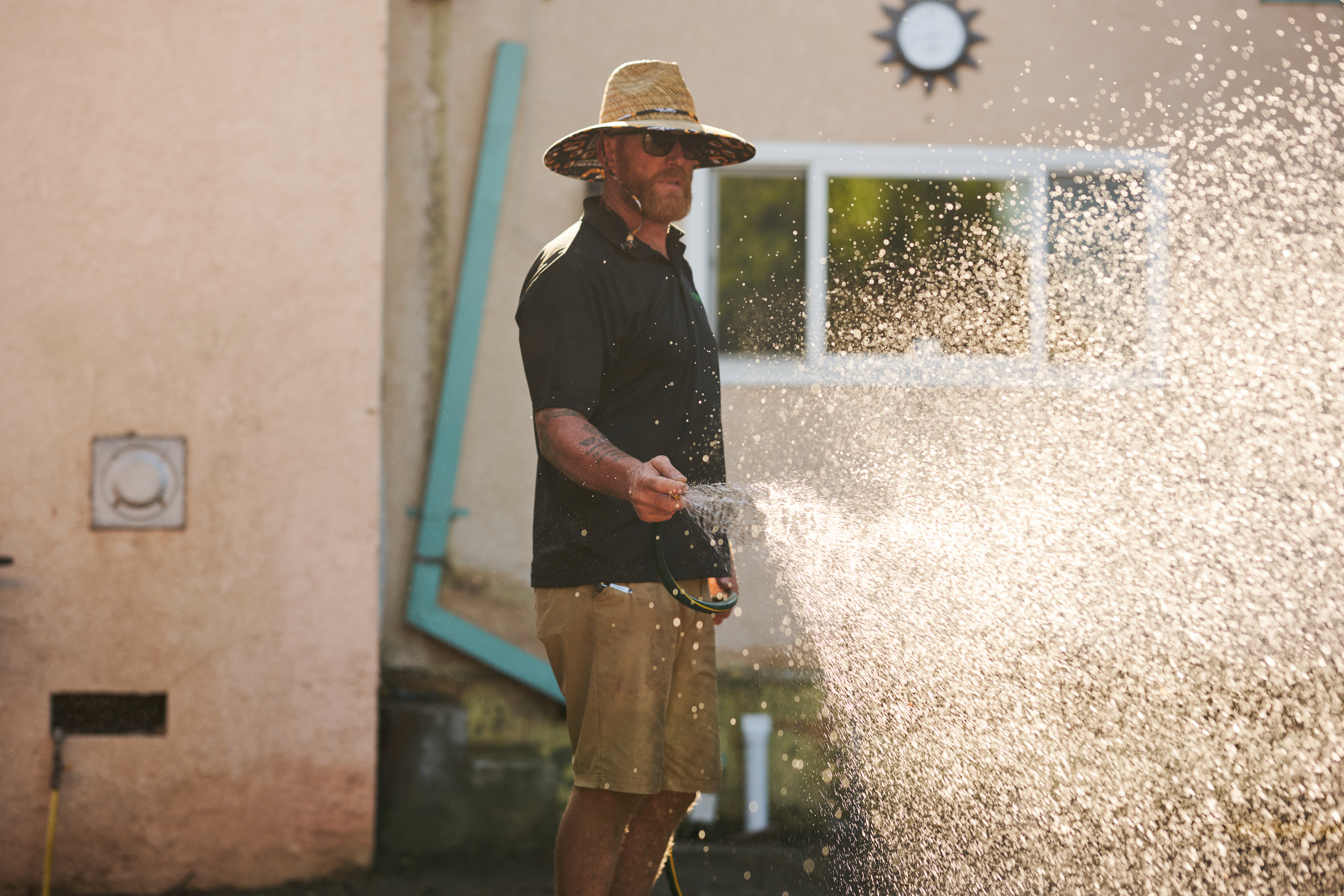
The right landscaper can transform your property. Learn how to hire a landscaper who will be the best fit for your landscaping project.
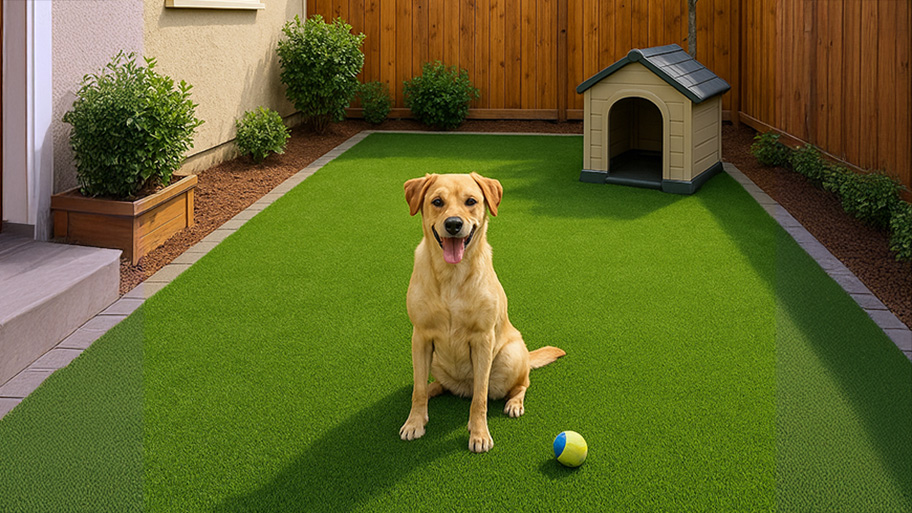
Wondering how to clean dog urine off artificial grass? Revitalize your turf (even if it's pet-friendly) with this simple seven-step cleaning guide.